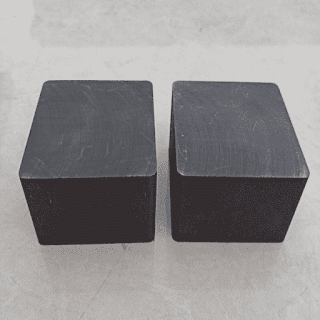Coke as a fixed carbon raw material for electrode paste
Coke is one of the most important raw materials for making electrode paste, especially graphitized electrodes. The most valuable coke is low-ash coke (sometimes called ash-free coke), and its ash content does not exceed 1%. These cokes include petroleum coke and pitch coke. The first type is coke obtained by coking petroleum residue, and the second type is coke produced by processing coal pitch in a chemical coking industrial furnace.
The solid carbon-containing product obtained by high-temperature treatment of petroleum residue is called petroleum coke. Due to the different raw materials and production methods, the content of these products is also different. At present, there are two types of petroleum coke with different properties, one is kettle-type petroleum coke, and the other is delayed coking petroleum coke. The former contains 3 to 7% of volatile matter, and the latter contains 10 to 18% of volatile matter.
The residue obtained by coking coal tar pitch in the same coke oven as the coal coking oven has a volatile content of only 0.8 to 1%. It is generally mixed and calcined with petroleum coke for production.


Comments
Post a Comment